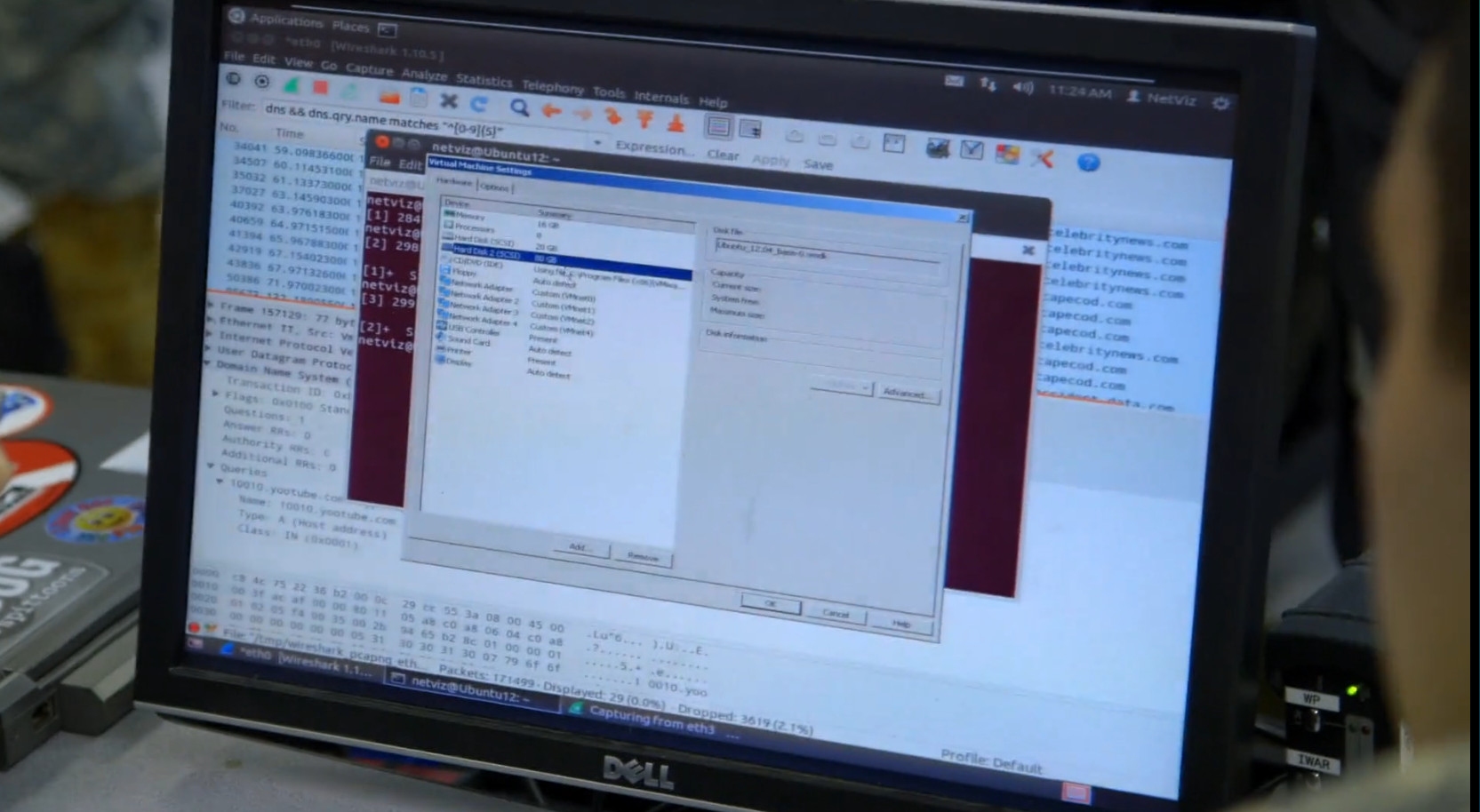

Step 1: Retrieve your PC interface addresses.įor this lab, you will need to retrieve your PC IP address and its network interface card (NIC) physical address, also called the MAC address. This analysis should help to clarify how packet headers are used to transport data to their destination. You will also look inside the frames captured for specific information. In Part 1 of this lab, you will ping another PC on the LAN and capture ICMP requests and replies in Wireshark. Instructions Part 1: Capture and Analyze Local ICMP Data in Wireshark If using a packet sniffer such as Wireshark is an issue, the Answers may wish to assign the lab as homework or perform a walk-through demonstration. It is recommended that permission be obtained before running Wireshark for this lab. Using a packet sniffer such as Wireshark may be considered a breach of the security policy of the school.


Wireshark is a software protocol analyzer, or “packet sniffer” application, used for network troubleshooting, analysis, software and protocol development, and education. Part 2: Capture and Analyze Remote ICMP Data in Wireshark Background / Scenario Part 1: Capture and Analyze Local ICMP Data in Wireshark Lab – Use Wireshark to View Network Traffic (Answers Version)Īnswers Note : Red font color or g ray highlights indicate text that appears in the Answers copy only.


 0 kommentar(er)
0 kommentar(er)
